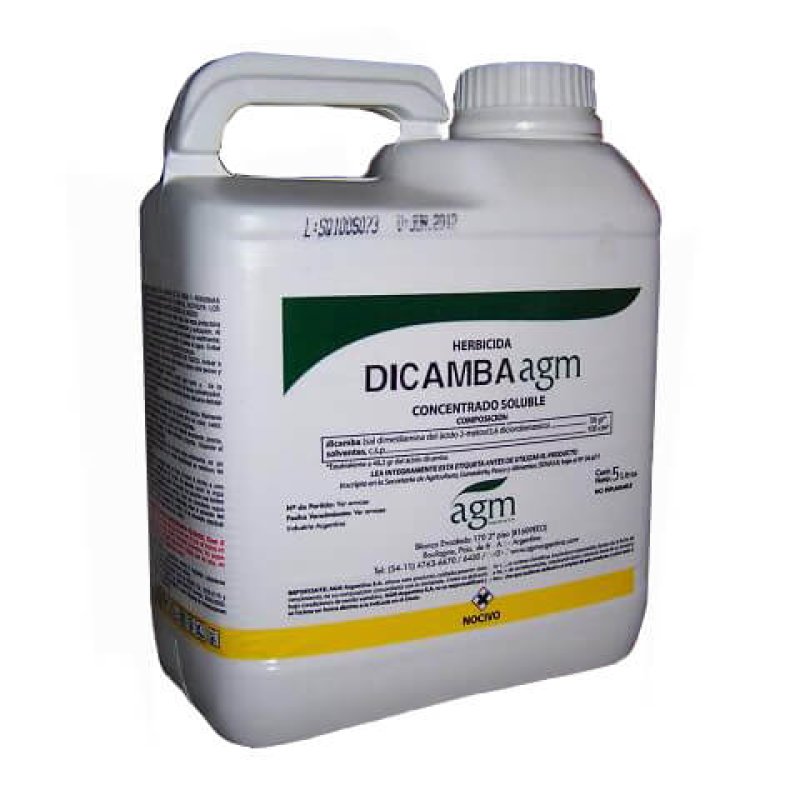The problem…is that dicamba has drifted from the fields where it was sprayed, damaging millions of acres of unprotected soybeans and other crops in what some are calling a man-made disaster.
…
The new dicamba formulations were supposed to attack those resistant weeds without floating to other fields.
But during a July 29 call with EPA officials, a dozen state weed scientists expressed unanimous concern that dicamba is more volatile than manufacturers have indicated….Field tests by researchers at the Universities of Missouri, Tennessee and Arkansas have since found that the new dicamba herbicides can volatilize and float to other fields as long as 72 hours after application.
Regulators did not have access to much of this data. Although Monsanto and BASF submitted hundreds of studies to the EPA, only a handful of reports considered volatility in a real-world field setting, as opposed to a greenhouse or a lab, according to regulatory filings. Under EPA rules, manufacturers are responsible for funding and conducting the safety tests the agency uses to evaluate products.
And although pesticide-makers often supply new products to university researchers to conduct field tests in varied environments, Monsanto acknowledged it did not allow that testing on its commercialized dicamba because it did not want to delay registration, and scientists said BASF limited it.
Frustrated scientists say that allowed chemical companies to cherry-pick the data available to regulators.
The GLP aggregated and excerpted this article to reflect the diversity of news, opinion and analysis. Read full, original post: This miracle weed killer was supposed to save farms. Instead, it’s devastating them (behind paywall)































